QuestionI have a 15 month old female cocker spaniel who has recently started to snarl at people when they go to touch her. She has not been spayed and has just finished her 2nd season.Can you let me know why you think she has started to do this, she seems well in herself and i cannot see why she has stared to do this.
AnswerHi Tracey, there could be a number of reasons why this is happening now. Here are some to consider:
1. Is she feeling well? Cockers are prone to ear infections and perhaps her ears are sore and she's warning people off from touching her by snarling.
2. She's reached social and sexual maturity and you're seeing the behavior change that often accompanies these milestones. She's more confident and feeling like she needs to control situations. When she was a pup (like a child) she counted on you to be her protector. She's more independent now.
3. She's become fearful of people for some reason and just wants them to go away.
After you've ruled out a medical condition, here are some things to try with her. Don't allow people to approach her and reach out to her. Without seeing your girl, it's hard to tell exactly what's going on, but I'm guessing this is a fear response (#3 above). If it's someone she's already comfortable with, allow the dog to approach on her own terms. Don't force her and don't allow the person to come into the dog's space. Instead of reaching to touch her, have your friend toss a treat BEHIND the dog so the dog can retreat to get it. The dog will learn that hands coming toward her mean good things can happen for her and she can keep a safe
distance.
Watch your girl's body language when a stranger approaches. I'm guessing again that she begins to show signs of discomfort before the person reaches toward her. Body signals could include turning her head away, lowering her head, tongue flicks (lip licking), or trying to retreat; or it could be the opposite type of reaction - lunging forward on the leash to chase the person away.
When it's a stranger, keep a distance and work toward changing her emotional reaction to the person. When she spots the person, tell her "good" or "yes" and feed her a really yummy treat (something small and tasty, no bigger than a pea). Each time she looks at the person, say "good" and feed a treat. It would be great if you could set this up with a friend your dog doesn't know well, but who would be willing to work with you. It's important that the dog remain under her trigger/snarling threshold. She should be happily seeing the stranger and redirecting her attention back to you. This teaches her that you are in control of the situation; you're not going to force her to interact unless she wants to; and she should look at you when she sees a stranger because she'll be rewarded for it. You should gradually be able to work your way closer to the stranger. But as soon as she shows signs of anxiety, back off a bit. Once you can get close enough to the "stranger", you can have her toss treats behind the dog as the "friend" did.
Not all dogs are social butterflies. She just may be a Garbo dog - "I want to be left alone!". Honor that in your dog by not punishing the snarl. The snarl is a warning signal that is the dog's only way of communicating her discomfort. If you eliminate the snarl without dealing with the underlying emotional cause, you could end up with a dog that is still experiencing discomfort and now bites instead of snarls.
The other thing that WON'T fix this problem is spaying. According to a recent study, female bitches that get spayed are often more aggressive after the procedure. However, you probably won't want to breed a dog who has a tendency toward aggression. It's not something you'd want to pass on to a litter of puppies.
If you do some of the desensitizing work I described above, you should be able to change her mind about people reaching for her. All desensitizing work is done when the dog is in a calm, happy state of mind. Only move forward when the dog is ready.
If you want to read more about the technique I described - looking at the stranger, then back to you for a treat - it's called "Look at That" and was developed by Leslie McDevitt and described in her book "Control Unleashed". It's often used for dogs who are reactive to other dogs, but it works for reactivity to people as well.
Please let me know if you have any questions or follow up comments. It's so hard to give suggestions without seeing the behavior, so if you'd like to clarify anything based on what I've written, please do so and I'll follow up.
Barb

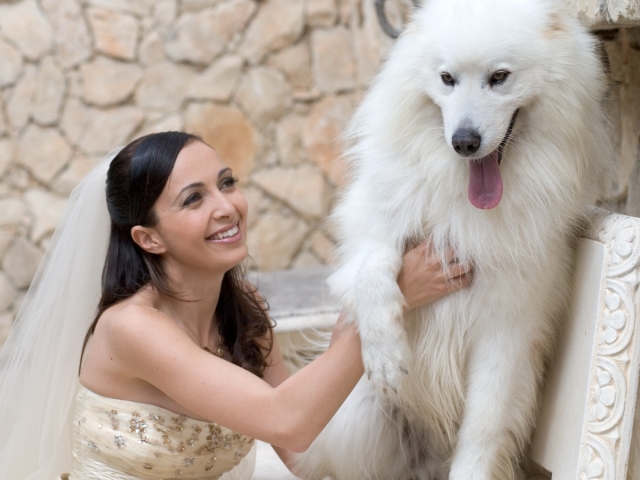 7 yr old Samoed seriously regressing in toilet training
Question
My wife and "Kid"
7 yr old male samo
7 yr old Samoed seriously regressing in toilet training
Question
My wife and "Kid"
7 yr old male samo
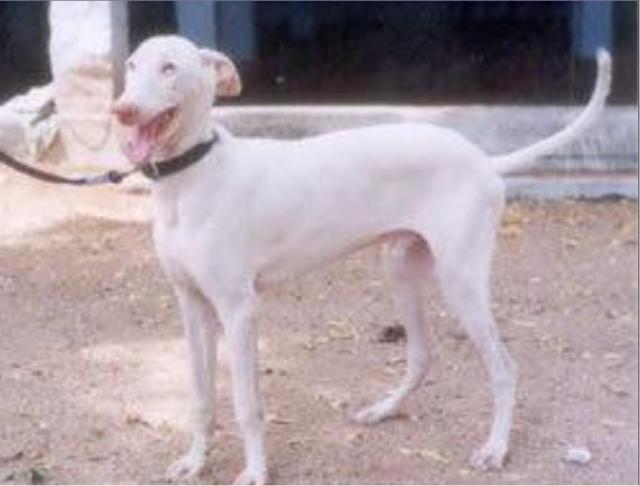 Rajapalayam dogs
Question
Rajapalayam dogs
good morning madam. are rajap
Rajapalayam dogs
Question
Rajapalayam dogs
good morning madam. are rajap
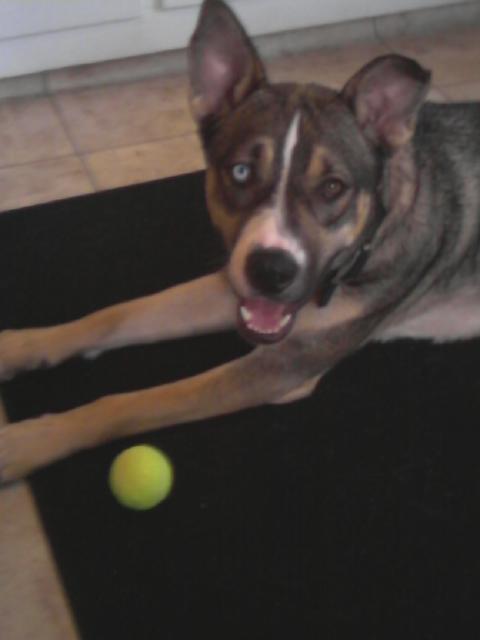 Dog tackling
Question
My dog
I would like to know a technique or a t
Dog tackling
Question
My dog
I would like to know a technique or a t
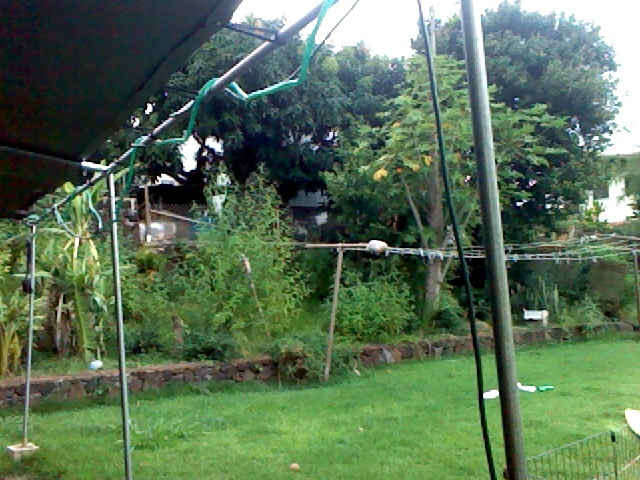 Designating bathroom area
Question
backyard
I have 2 medium mutts that are both b
Designating bathroom area
Question
backyard
I have 2 medium mutts that are both b
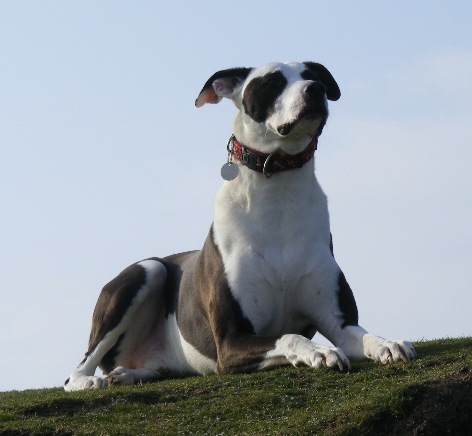 Ponter cross aggression
Question
Ollie
I have an 8 y/o pointer cross lurcher (w
Ponter cross aggression
Question
Ollie
I have an 8 y/o pointer cross lurcher (w